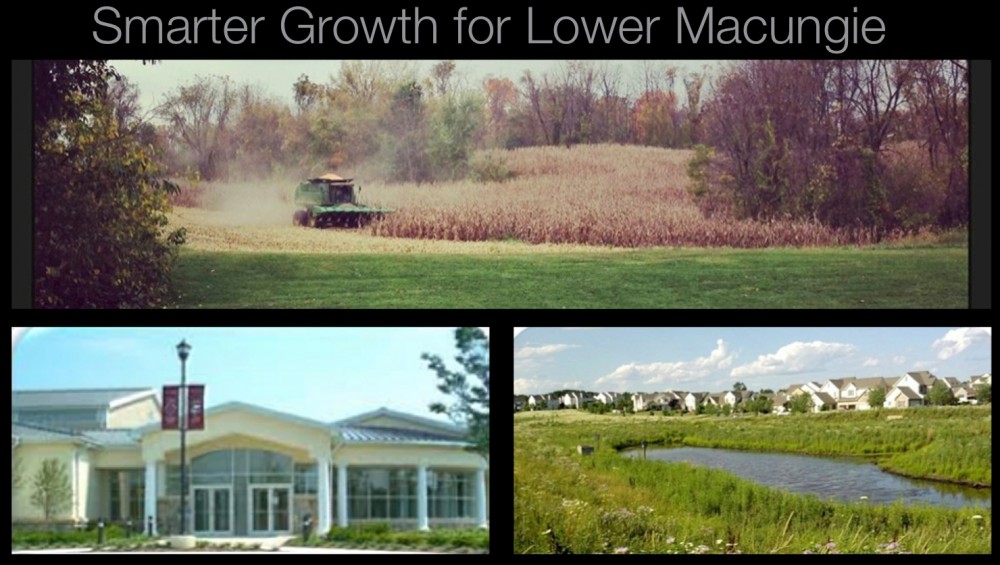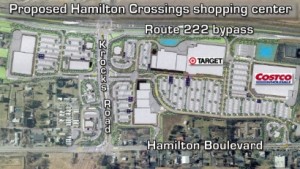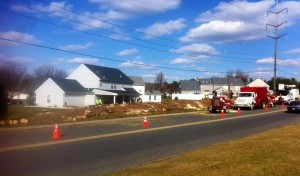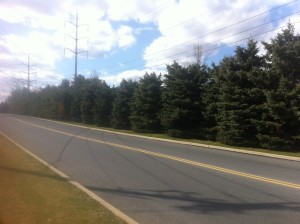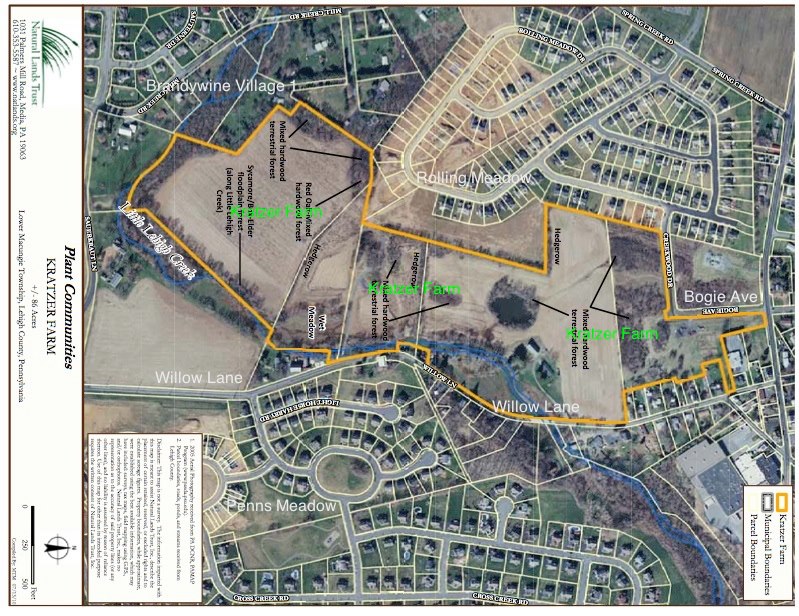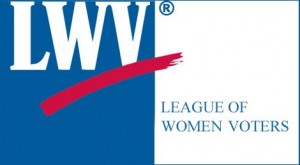
I asked the League of Woman Voters for copies of questions we weren’t able to get to that were submitted at the candidates forum. Here are my answers to about half. I will post my answers to the second half next week. I’m inviting my opponents to do the same so that all the questions from the night can be answered.
What is your occupation?
I’m a local small business owner. My two business partners and I went to high school together. All three of us grew up in the area. Our business is a wedding entertainment, photography and film company. We primarily do weddings, but we also do all types of events including corporate, Bar and Bat mitzvahs and sweet 16‘s. Our film department also does some commercial work. We have an office on Main St. in Macungie. We’ve been in business for 3 years. Prior to starting the business I worked in Higher Ed. Administration.
Most residents agree that Jaindl “Plan B” is an improvement over the plan initially approved by the BOC. Do you think that Plan B would have been offered if there were no challenges and litigation?
No, ‘Plan B’ was the result of residents speaking out against the project. I can say that with absolute certainty. Without the litigation, there would be no plan ‘B’. With out plan ‘B’ we’d have double the houses, double the strip commercial, you’d have to drive through warehouses to get to the park and a wide interior road that will be pounded daily by tractor trailers (increasing the frequency of maintenance) would be the responsibility of taxpayers instead of the landowner.
Walmart is becoming a significant drain to our state police force and creating ever increasing crime statistics that is ruining the rural character of our quiet township. What steps would you immediately apply to force Walmart to correct this significant problem?
I believe businesses that become a consistent nuisance in terms of calls to police should be assessed an impact fee. I’m not sure what is and is not allowed in PA. I’ve reached out to Gary Cordner the gentleman conducting the police study about options.
Once we double the amount of warehousing in the western portion of the township you can bet it will add additional strain on police services. (yet another argument why quarry would have been better…) Just look at the number of calls certain distribution centers generate in Upper Macungie. Upper Macungie Township pays millions for police protection. This is a good question for the developer of the Costco and Target. I will be sure to ask how the developer hopes to alleviate the impact of calls to the state police for shoplifting and other petty crimes associated with a large shopping center.
Do you believe remaining open space in LMT should be made a priority to preserve? Such as purchasing development rights?
Absolutely. The answer is transferable Development Rights Programs. (TDR) This is one of the centerpieces of my platform and something I’ve advocated for at many township meetings. With a TDR landowners can voluntarily sell their development rights to another landowner or a real estate developer for use at another location. A municipality faciliates this by creating a land bank. This is a market based solution for land preservation. It’s voluntary. Landowners get compensated at market value. Developers can purchase density to apply it to appropriate locations and the community gets valued farmland/open space preserved. Everyone wins.
The township Act 537 sewer system requires on site sewer systems to be pumped at two year intervals. Do you believe this normal household maintenance should be regulated by the government?
No. I do not. This is over-reacting and over regulating. I would consider a non-intrusive inexpensive visual inspection at 5 year intervals but absolutely not a mandatory pumping. This shows a complete lack of understanding how these systems function. You can actually damage a systems by pumping it to frequently. Yes, we need a way to address malfunctioning systems. But 2 year inspections is over regulation at it’s finest. Major issues can be identified with a visual inspection of a drain field.
